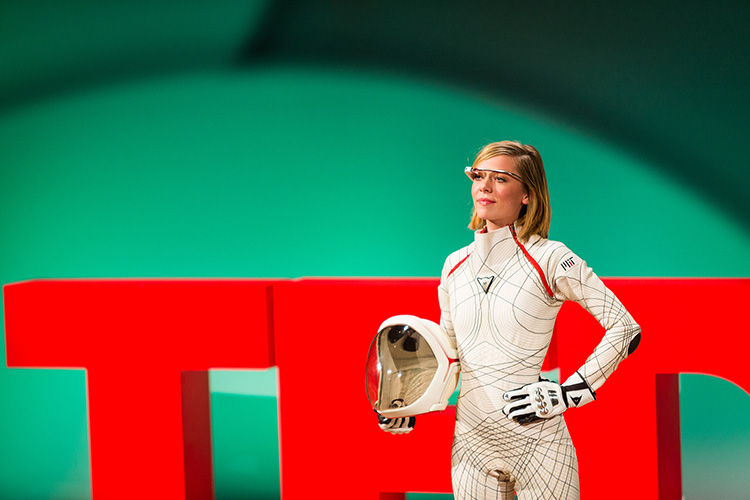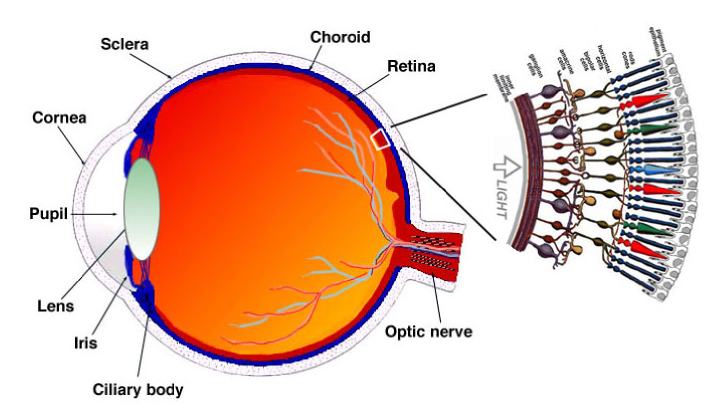Behold the new shape-shifting table created by the folks at the MIT Media Lab. The idea is relatively simple: a camera picks up motion in one place and transmits that motion into a new 3D space using a system of blocks attached to motors.
buy viagra pack online https://www.conci.com/wp-content/languages/en/viagra-pack.html no prescription
As you can see in the video, the execution is extremely impressive.
buy family pack viagra online https://www.conci.com/wp-content/languages/en/family-pack-viagra.html no prescription
The whole system works in real time, with hardly any discernible lag.
The project titled, “Transform,” was created by Daniel Leithinger and Sean Follmer, overseen by their professor Hiroshi Ishii.
buy cialis sublingual online https://www.conci.com/wp-content/languages/en/cialis-sublingual.html no prescription
“A pixel is intangible,” Ishii told Dezeen. “You can only use it through mediating and remote control, like a mouse or a touchscreen. We decided to physically embody computation and information.”
The implications for this technology may be far-reaching. I had a discussion with visual artist Ashley May recently about possibilities to further connect people from a distance. You may already use Skype and FaceTime to have realtime conversations with your friends and family across the world, but currently, there is no way to reach out and physically touch your loved ones. Maybe technology like the shape-shifting table (or its future models) will allow you to hold your friend’s hand, or give them a hug… Distance seems to becoming irrelevant in our ever more connected world.
-RSB







